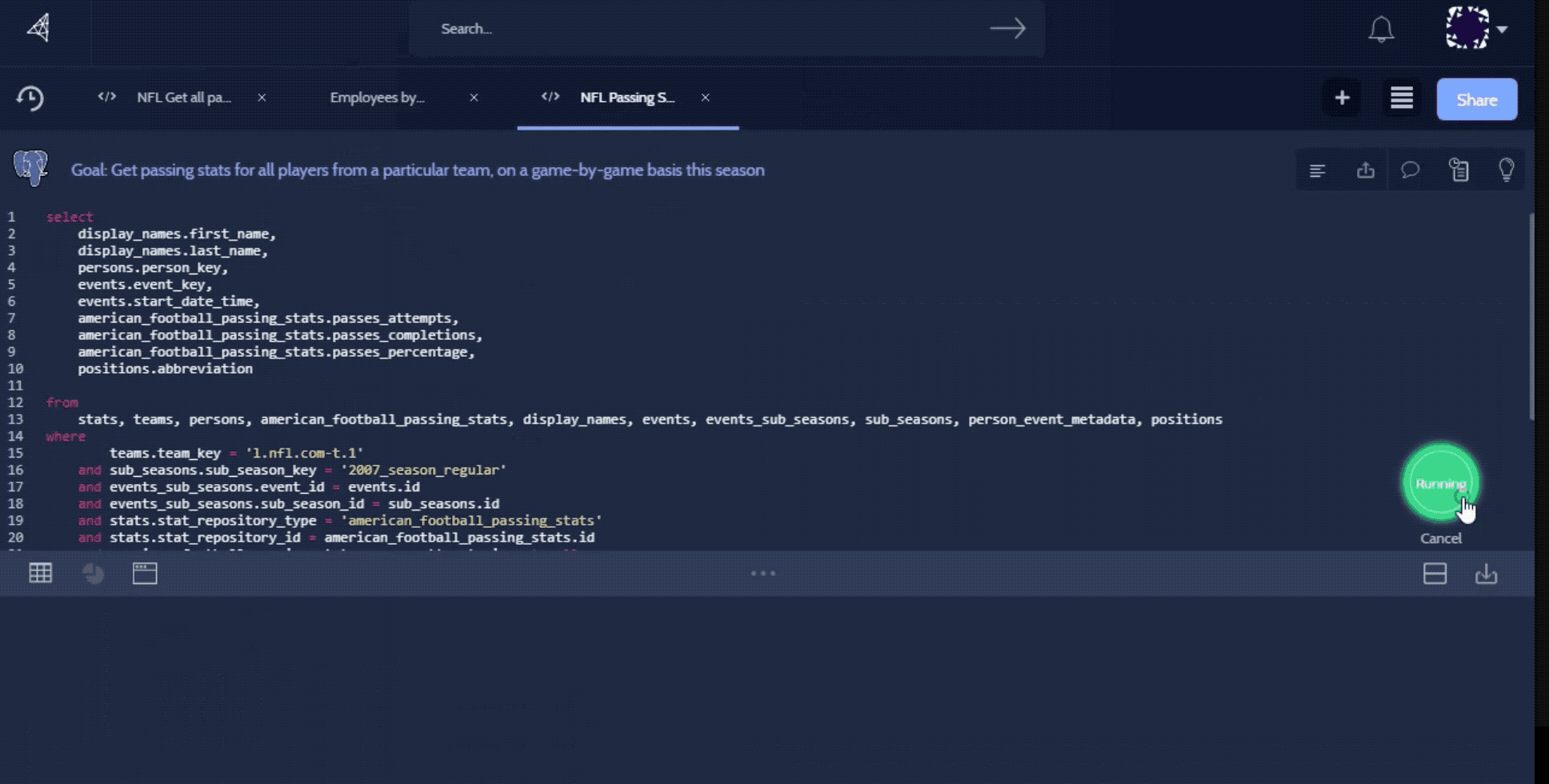As companies get bigger and bigger, odds are who has access and owns what information is going to get more and more fragmented — and the risk of the last person knowing how to do something, like knowing a code base, leaving the company starts to become a real existential threat.
One way to fix that is, obviously, to ensure that people are talking to each other. But since that usually won’t be the case once companies hit the thousands of employees, Adam Weinstein and his co-founders Patrick Farrell and Jason McGhee started a company called Cursor that’s designed to help make that problem a little easier internally. Cursor serves as a sort of internal search tool for information, whether that’s inside SQL queries, database metadata, existing platforms like Tableau and others. The whole goal there is to reduce the communication gap between employees to as close to zero as possible, and ensure that it’s not just a single person that knows how to get something done that’s constantly inundated with requests.
“Silicon Valley has a way of putting on rose tinted glasses,” Weinstein said. “What I found was, even in the leadership of analytic functions, everyone had this problem. There’s been such a sprawl of software in general that data and the knowledge behind it [is fragmented]. If you use Mixpanel and Google Analytics, each has some level of data protections, and the ability to cross them is increasingly a problem. It gets more and more difficult as a business grows to extract value at an aggregate level. There’s this challenge we don’t have someone who can keep track of it. If somebody was a knowledge person on each team, and they even took a vacation, that was a risk.”
The startup said today that it has raised $2 million in a financing round from Toba Capital, with participation from Ride Ventures and several angel investors, and is launching its Cursor data search and analytics hub.
Cursor more or less behaves like a search engine internally. Users can search for information, which will surface up anything from a Tableau worksheet to an actual segment of SQL. Users can then comment on the information coming up from those searches, which are tagged with metadata to help employees find that information more easily. The idea is that if someone over on one side of a production team needs something (like a segment of code), they should have some kind of intuitive way for finding it rather than having to start an email chain with dozens of people on it.

Most of this was born from ideas Weinstein had when he joined LinkedIn through its acquisition of Bright in 2014. Weinstein was working with the data analytics team, but like any good engineer, was trying to “engineer himself out of a job” by making processes like these more efficient.
“If I did this right, there’s always a way to make things happen that are faster and cheaper for things around you,” Weinstein said. “I was one of our only people that dealt with litigation [in China], dealt with M&A, cost reduction efforts, and all those things. I was the limiting reagent. I became the human knowledge manager, and I thought, there has to be a solution to manage all this, and that was the idea behind Cursor.”
Already some internal search tools are becoming pretty popular, especially when it comes to programming. While it’s not an exact comparison, Sourcegraph is doing somewhat similar work in terms of making code easily searchable and find out who is working with it. It all speaks to a movement toward trying to make all this information more easily searchable and reduce the overhead in email or Slack, and it’s certainly something larger companies are going to begin noting going forward.
from TechCrunch https://ift.tt/2LLrfvs
via IFTTT
No comments:
Post a Comment